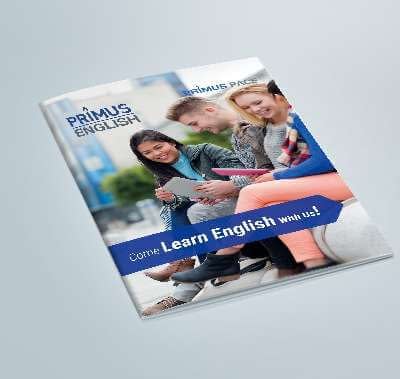
Melbourne needs much more work for easing its growing pains
The city of Melbourne is on steroids: the pace of growth the city is encountering is like nothing in our history.
It took Melbourne nearly 2 centuries to tick over to a population of around 4 million(from Melbourne’s birth in 1835 until just after the Commonwealth Games in 2006).
And now Melbourne is on track to pass around 5 million residents, which means a million extra residents in a decade.
But still successive state governments have done nothing on public transport expansion as well as infrastructure investment in the outer suburbs.
Unsurprisingly, 2 state governments were voted out in that decade due to their failures to deliver decent services.
However Daniel Andrews, currently the premier of Victoria, seems to have learnt the lesson from this. His government recently announced that the Eastern Freeway will be widened from 10 lanes to 16, as part of its $16.5 billion North East Link.
Add to that its West Gate Tunnel project which involves the expansion of the West Gate Freeway in Melbourne, including the construction of twin tunnels under Yarraville & a bridge over the Maribyrnong River. Presently the West Gate Bridge is being used by over 200,000 vehicles every day. This project will be providing a substitute connection to the West Gate Bridge & direct access to the port. It is expected to reduce traffic congestion on local streets as well as total travelling time for motorists.
Also, it is building a rail tunnel under central Melbourne for $11 billion.
However, a lot more work needs to be done – especially in the rapidly growing outer suburbs.
There are some surprising statistics in the latest Australian Bureau of Statistics population data. It shows that Greater Melbourne’s population increased by around 125,000 in the year ending June 2017. That equates to around 2.7 percent, or also you can say 350 people per day. The majority of Melbourne’s growth is because of immigration: 80,000 of migrants who came to the city, comprising 64% of the influx.
It is the people who live in the outer reaches of the city who bear the brunt of the crush. These people have the worst access to roads, public transport, jobs, hospitals as well as other core amenities.
Melbourne has won the title of the world’s most liveable city for 7 years now. But the obvious question comes: liveable for whom?
It is definitely not for those like the residents of Cranbourne East, who don’t even have the money to buy within the ten kilometre inner city ring where infrastructure is abundant.
It was around a decade ago that the suburbs of Cranbourne East as well as Clyde in Melbourne’s south-east, then mostly just paddocks, required a station.
A $100,000 study quietly shelved in the year 2010 by the state government made clear that it could be done & would probably be needed.
Cranbourne East has now gone from nearly 10,000 residents to 34,000 residents. Recently, the Bureau of Statistics named Cranbourne East the suburb with the nation’s highest growth.
But the rail line extension never happened, in spite of repeated pleas from Casey Council as well as its hundreds of thousands of residents.





